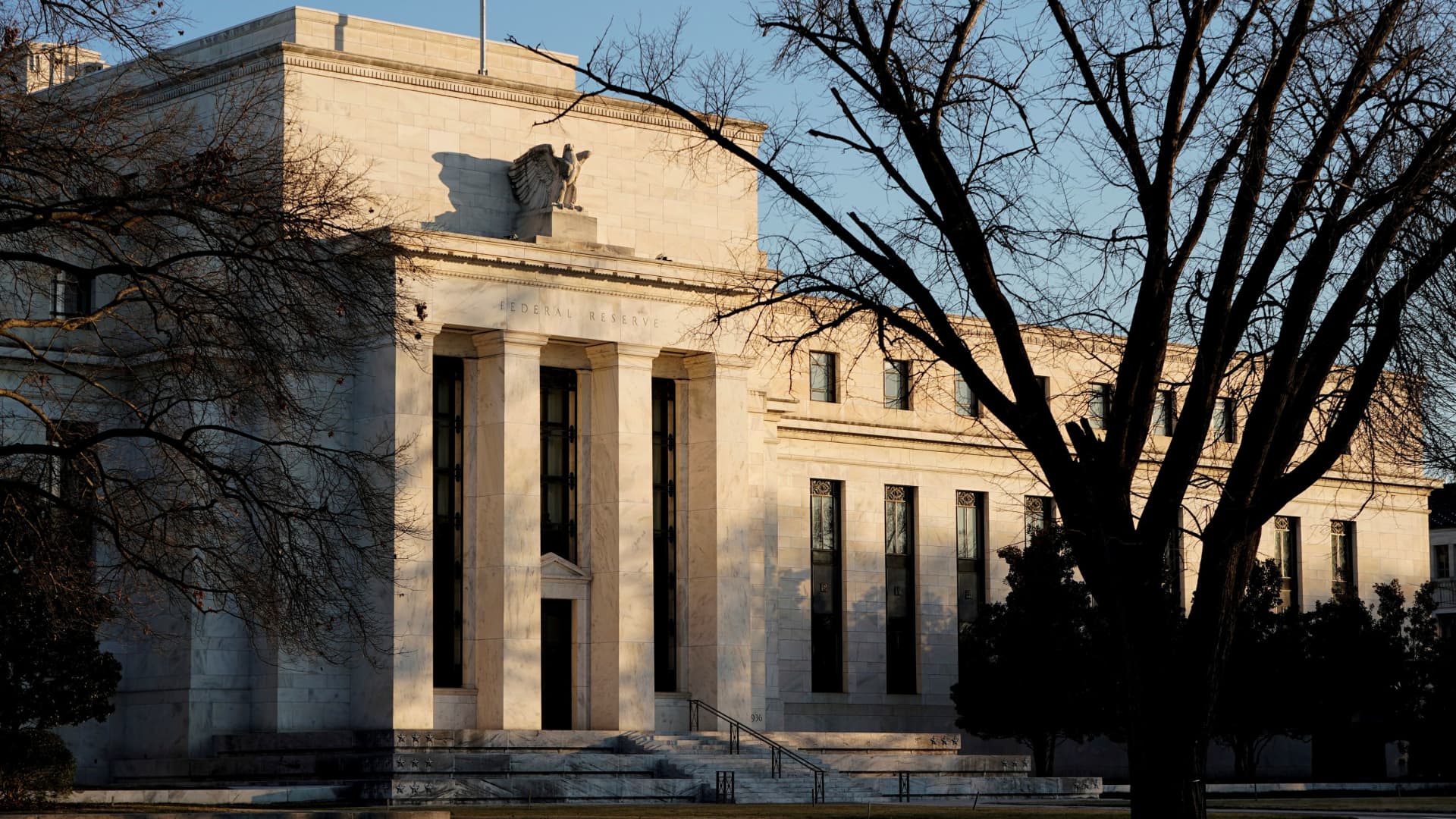
In addition to an almost certain interest rate increase, the Federal Reserve on Wednesday will begin reducing its asset holdings, a process that is expected to drain trillions of dollars in liquidity from the financial system. The Fed’s balance sheet , primarily consisting of Treasurys and mortgage-backed securities (MBS), totals close to $9 trillion. That unprecedented sum will decrease gradually at first, then by as much as $95 billion a month by around September. Though the process unofficially began at the start of June, Wednesday marks the actual beginning. Nearly $15 billion in Treasurys will mature then, with another $33 billion or so coming due at the end of the month. Under a process outlined several months ago, the Fed will allow $30 billion of that total to roll off the balance sheet, while reinvesting the rest. In months where Treasury note proceeds don’t meet the cap, the Fed will use maturing bills to make up the difference. For the June period, the Fed expects to receive about $31 billion in principal from MBS. It will allow $17.5 billion in mortgage-backed securities to roll off, with plans to reinvest the other $13 billion or so over the next month, according to a schedule on the New York Fed’s website. The process is known in market cycles as quantitative tightening. Investors will be watching the ramifications closely, considering how much of a tailwind Fed liquidity has been for financial markets over the past 14 years. Prospects of Fed tightening in response to soaring inflation have rattled the markets throughout 2022, so an expected 75-basis-point rate hike , combined with the start of QT, should provide another test. “They’re in a big corner, and market participants are starting to wake to the fact that the strike price on the Fed put is a lot lower than they thought it would be,” said Danielle DiMartino Booth, head of Quill Intelligence and former advisor to Richard Fisher when he served as Dallas Fed president. The so-called “Fed put” references the point where the central bank will use its policy tools to help markets. “That means we’re going to see defaults, we’re going to see layoffs, we’re going to see crypto billionaires vanish,” Booth added. The sudden tightening comes amid a tumultuous time for the markets and economy. Major averages including the Nasdaq and S & P 500 are in bear markets . In bond markets, Treasury yields have spiked to multi-year highs and credit spreads are widening substantially, particularly in high-yield, where the spread against Treasurys is nearly 5 percentage points. Wall Street estimates peg the expected Fed balance sheet reduction around $2.5 trillion. Fed research has indicated that could be the equivalent of two 25 basis point increases in the federal funds rate. “Starting points matter, and we’re starting from a point where liquidity has been in depletion for two months heading into this moment,” Booth said. “You can only imagine how bad things are going to get because the Fed is not prepared to come riding to the rescue with liquidity infusions. … Investor assumptions are definitely being rejiggered.”






